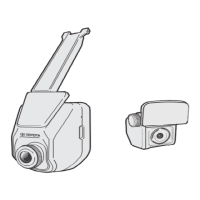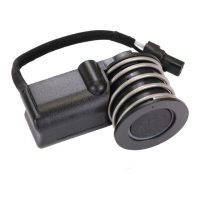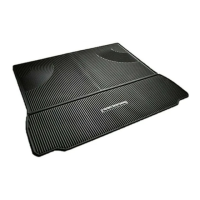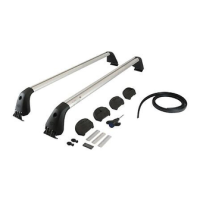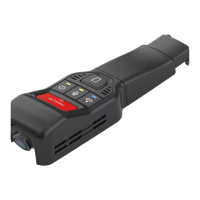ELECTRONIC CONTROL SYSTEM
- Oxygen Sensor (02 Sensor
)
OPERATION
If the oxygen concentration on the inside surface
of the zirconia element differs greatly from that
on the outside surface at high temperatures
(400°C [752°F] or higher), the zirconia element
generates a voltage, which acts as an OX signal
to the Engine ECU, keeping it informed at all
times about the concentration of oxygen in the
exhaust gas
.
When the air-fuel mixture is lean, there is a lot
of oxygen in the exhaust gas, so there is little
difference between the oxygen concentration
inside and outside the sensor element
. For this
reason, the voltage generated by the zirconia
element is low (close to 0 V)
. Conversely, if the
air-fuel mixture is rich, the oxygen in the
exhaust gas almost disappears
. This creates a
large difference in the oxygen concentrations
inside and outside the sensor, so the voltage
generated by the zirconia element is compara-
tively large (approximately 1 V)
.
Theoretical
air-fuel ratio
®
,,--
NOT
E
Even if the oxygen sensor is normal, if the out-
side of the oxygen sensor is contaminated with
mud, etc
., it could prevent outside air from get-
ting into the oxygen sensor
. The difference bet-
ween the oxygen concentrations in the outside
air and the exhaust gas will fall, so the oxygen
sensor will always be sending a lean signal to
the ECU
.
ELECTRICAL CIRCUITRY
Engine EC
U
Oxygen
sensor
OHP 2
6
>
m
M No air Much air
o into int
o
>
exhaustga exhaustgas
.
. .
D
CL
O
i
\
0
Richer Air-fuel Leaner OHP 26
(no
air)
ratio (much air
)
The platinum (with which the element is coated)
operates as a catalyst, causing the oxygen and
the CO (carbon monoxide) in the exhaust gas to
react with each other
. This decreases the
oxygen volume and increases the sensitivity of
the sensor
.
Based on the signal output by this sensor, the
Engine ECU increases or reduces the injection
volume to keep the air-fuel ratio at a constant
value near the theoretical air-fuel ratio
.
Some zirconia oxygen sensors are provided with
a heater which heats the zirconia element
. The
heater is also controlled by the ECU . When the
intake air volume is low (that is, when the
temperature of the exhaust gas is low), current
flows to the heater to heat the sensor
.
For further details, see page 114
.
31

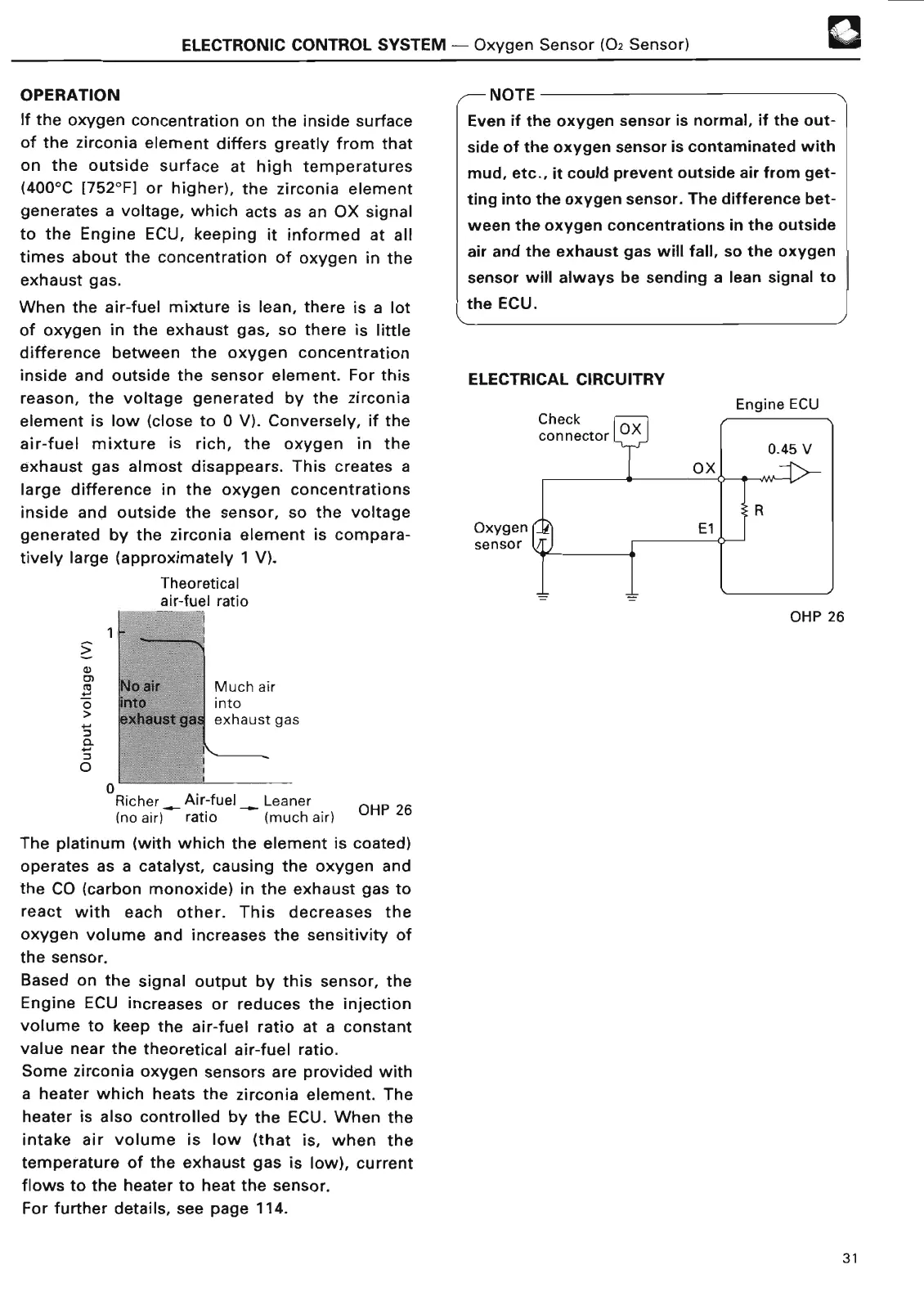